
Deutsch-Chinesische Enzyklopädie, 德汉百科
 Art
Art

 Chinesisches Nationalmuseum
Chinesisches Nationalmuseum
 Jiangxi Sheng-JX
Jiangxi Sheng-JX

 Art
Art
 CK - Chinese Art 1368 - 1644 AD
CK - Chinese Art 1368 - 1644 AD

 Art
Art
 *China's ceramics and porcelain
*China's ceramics and porcelain
 Nationales Palastmuseum Taipeh
Nationales Palastmuseum Taipeh
 Palastmuseum
Palastmuseum

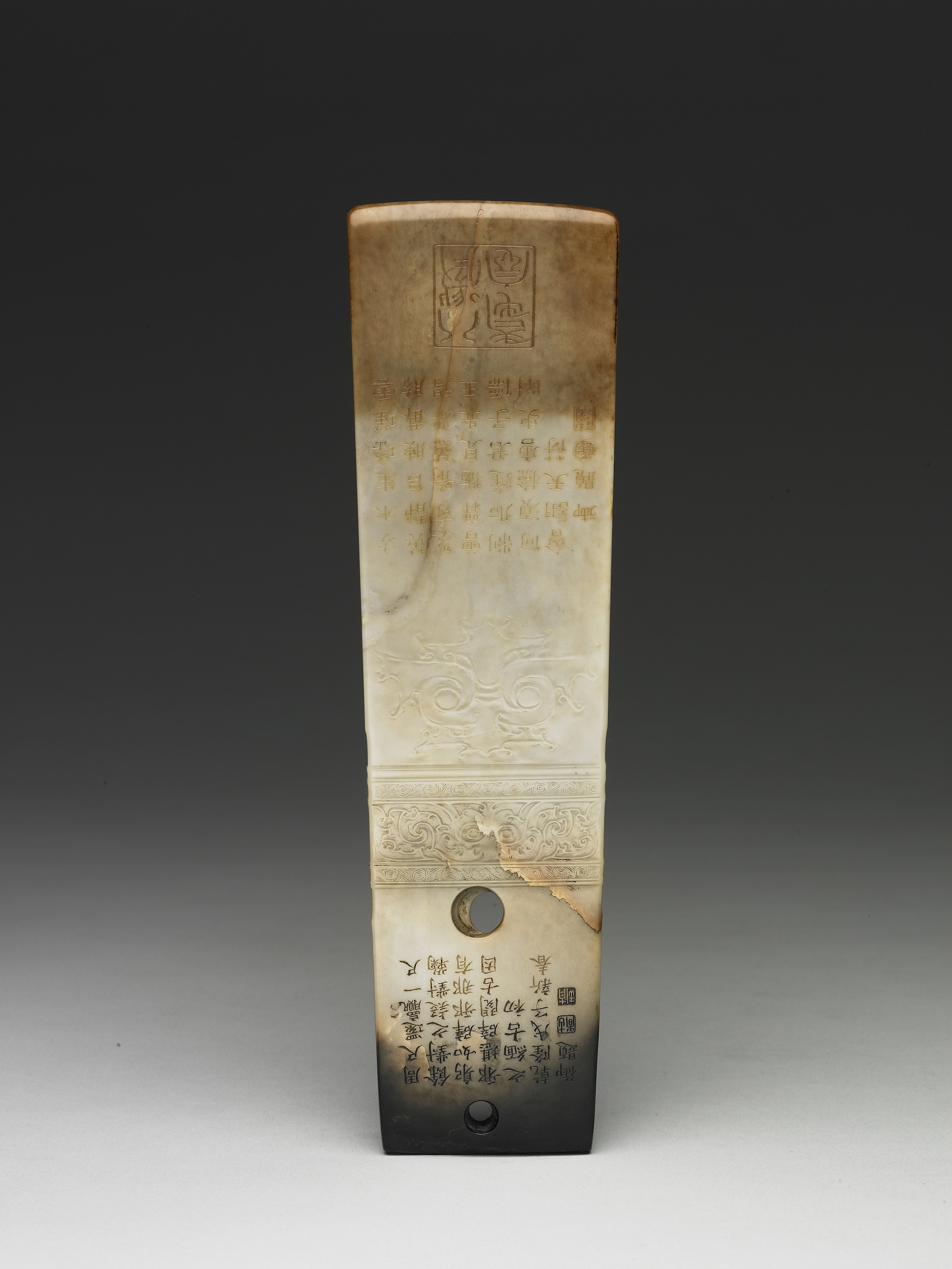
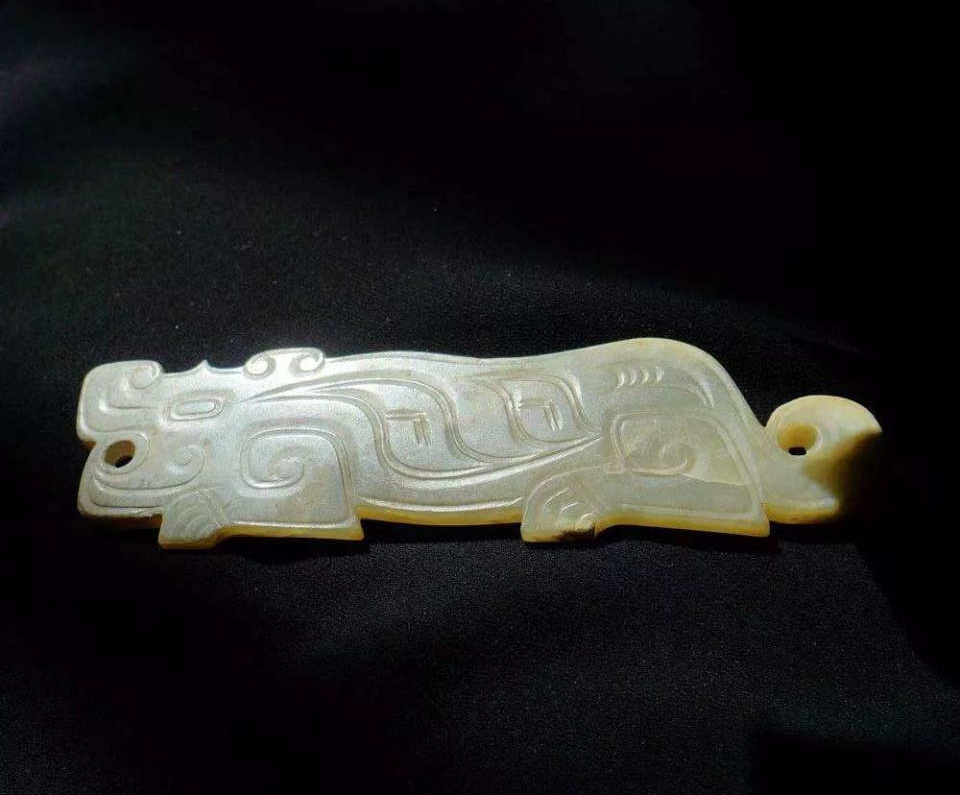
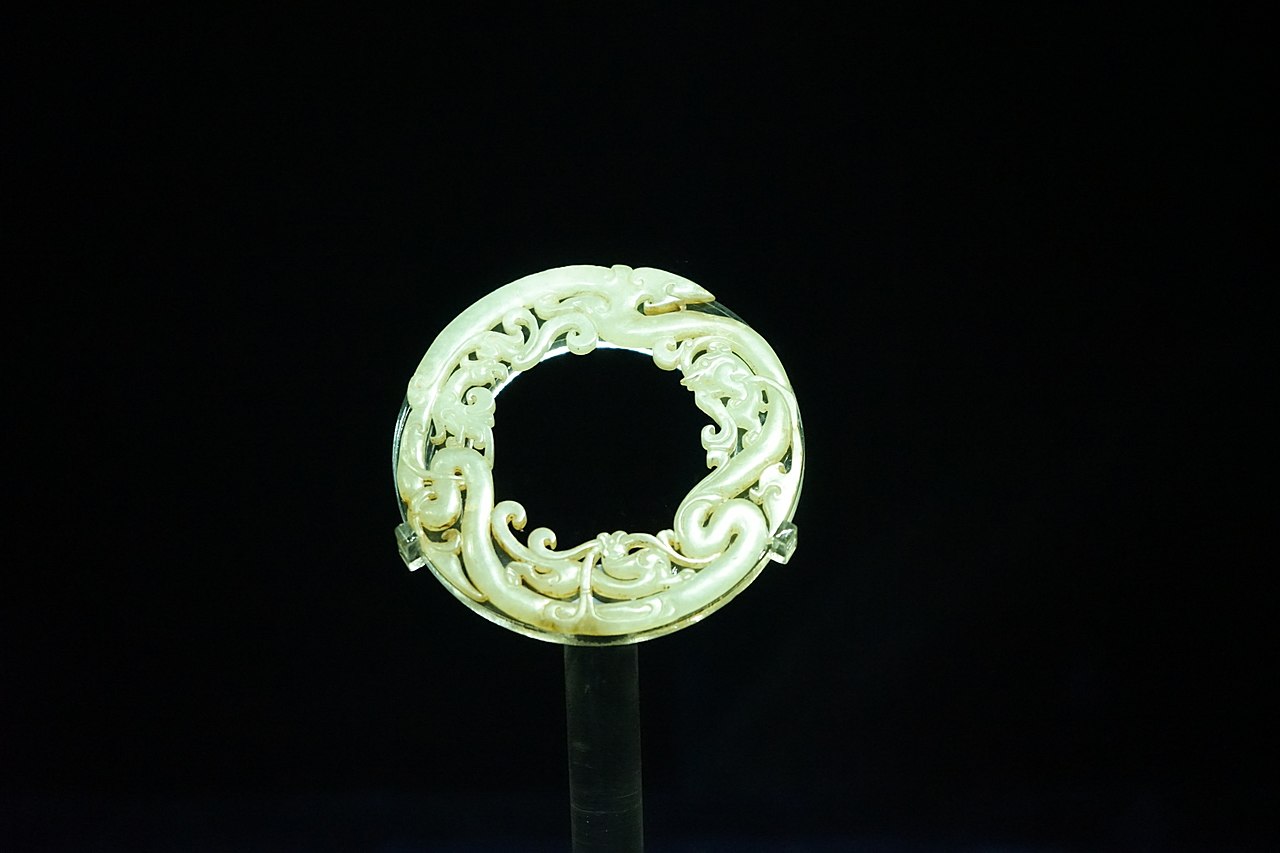
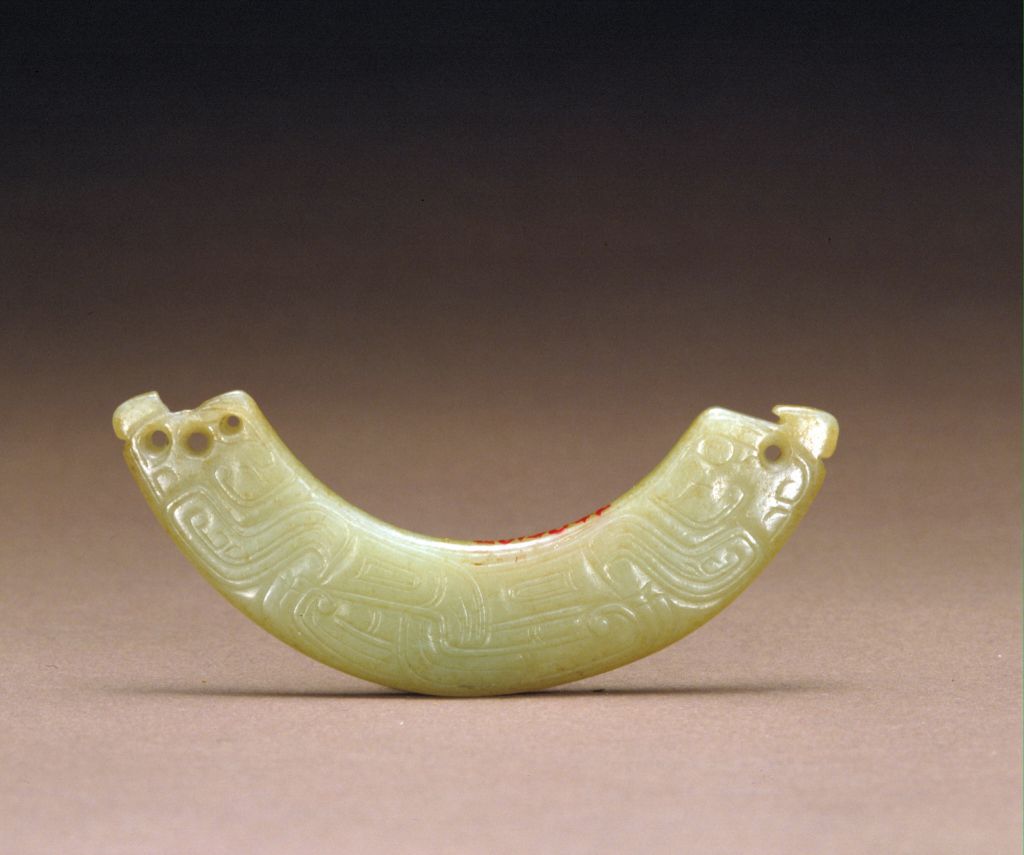
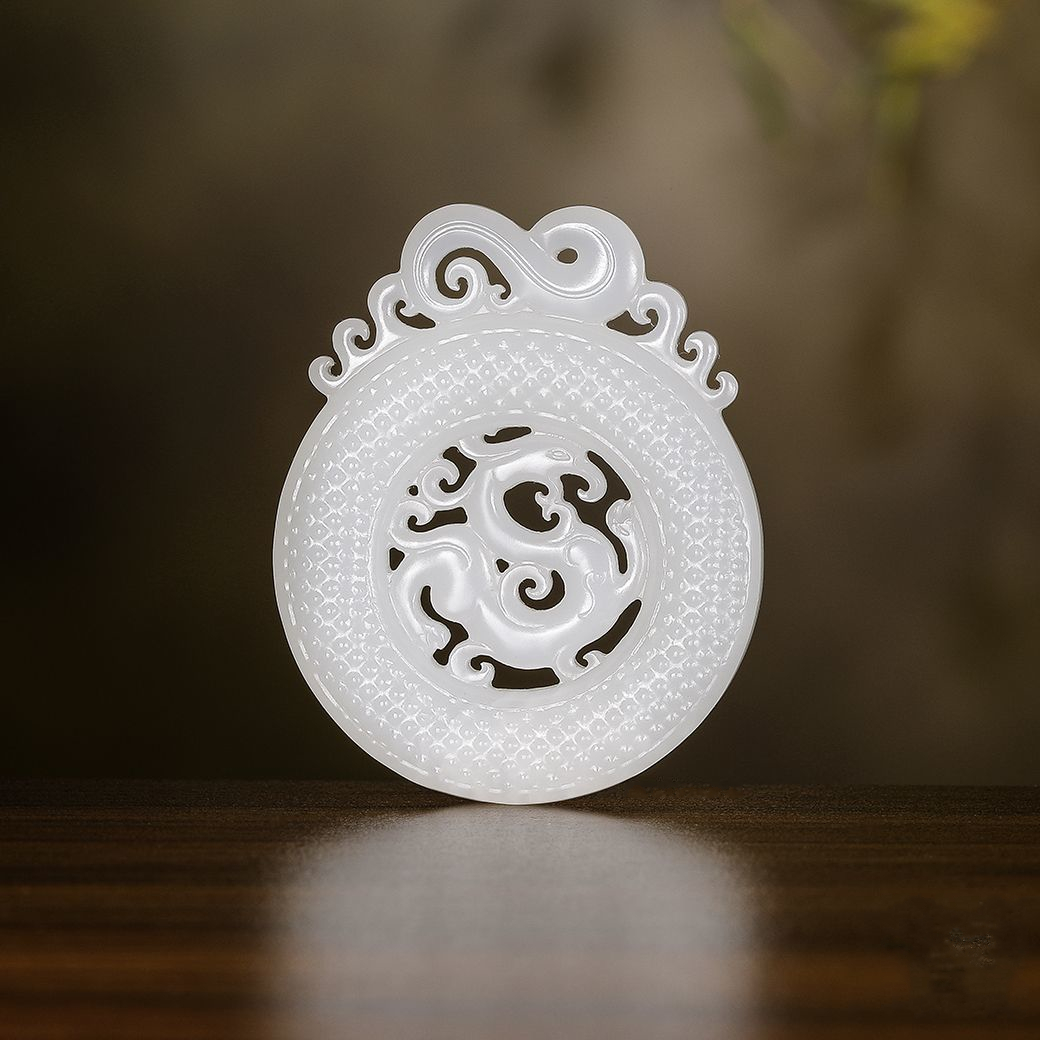

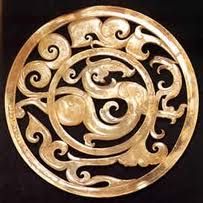
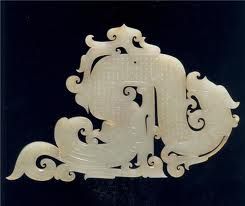
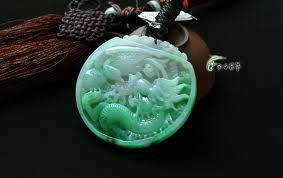
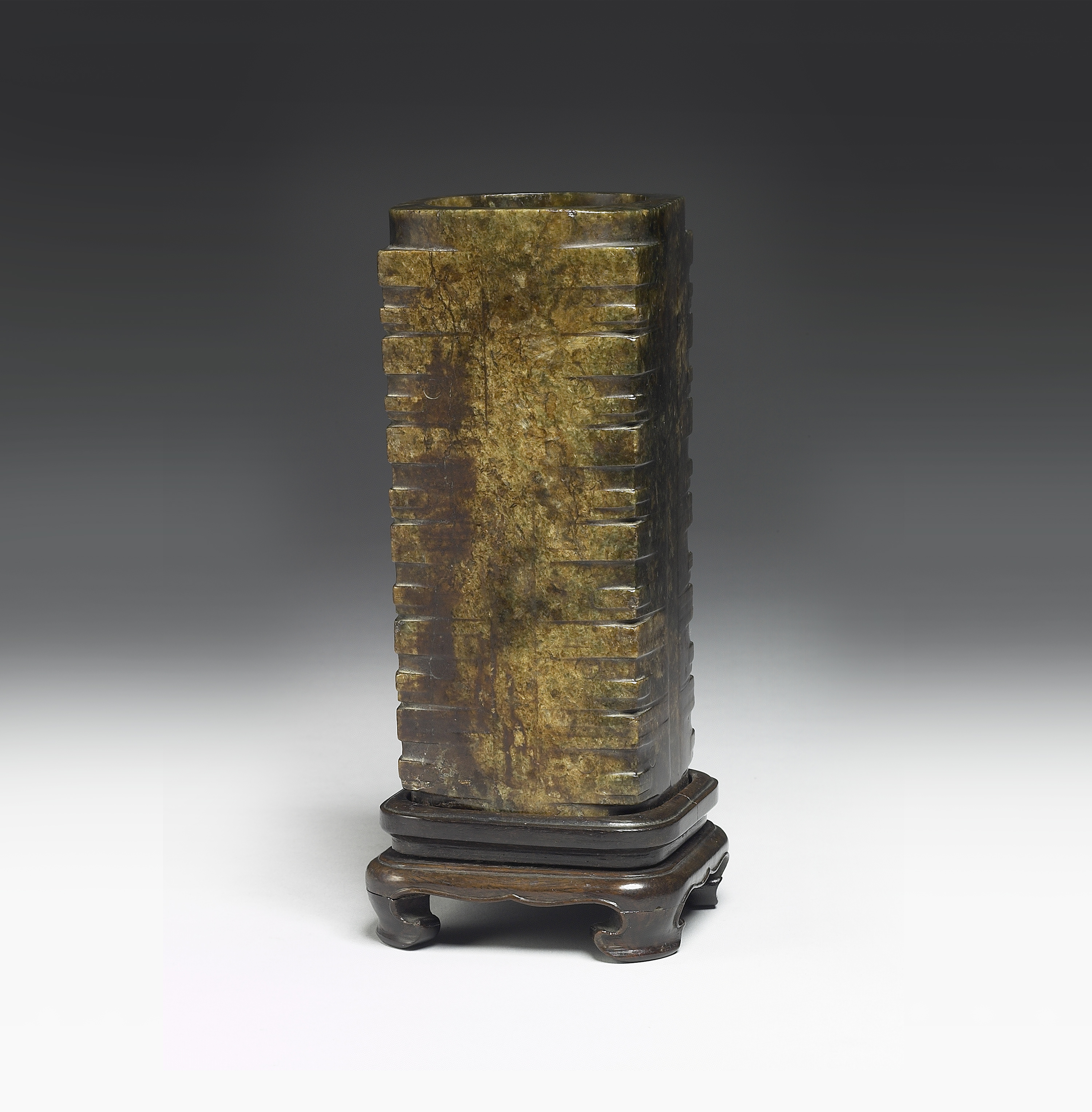
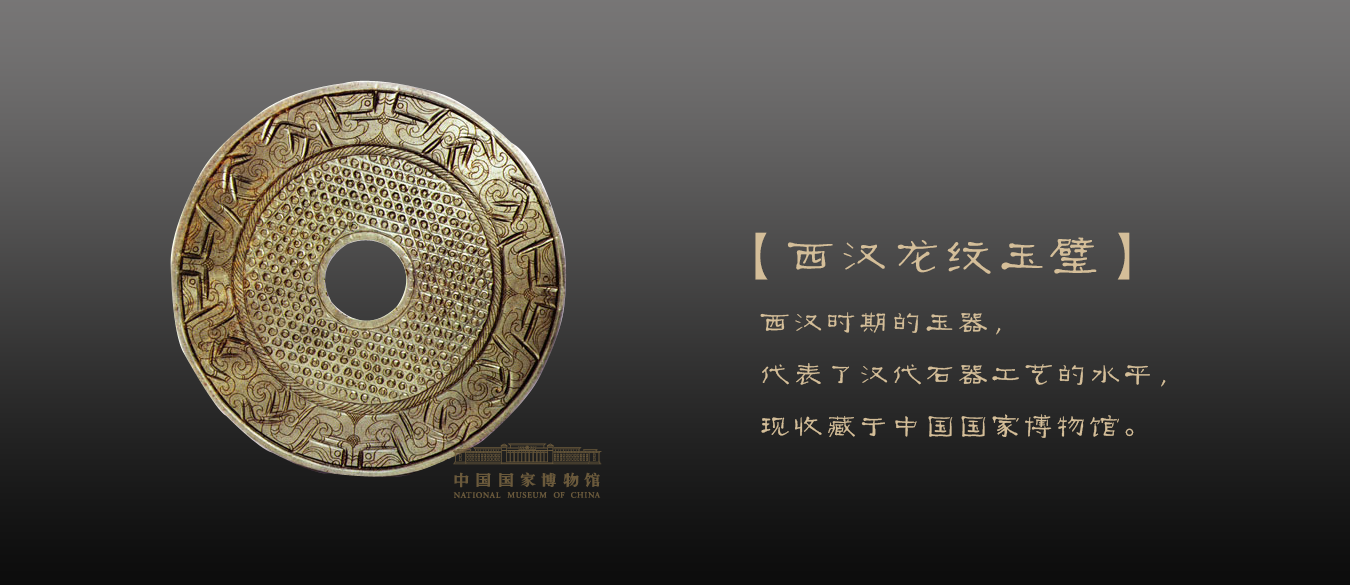
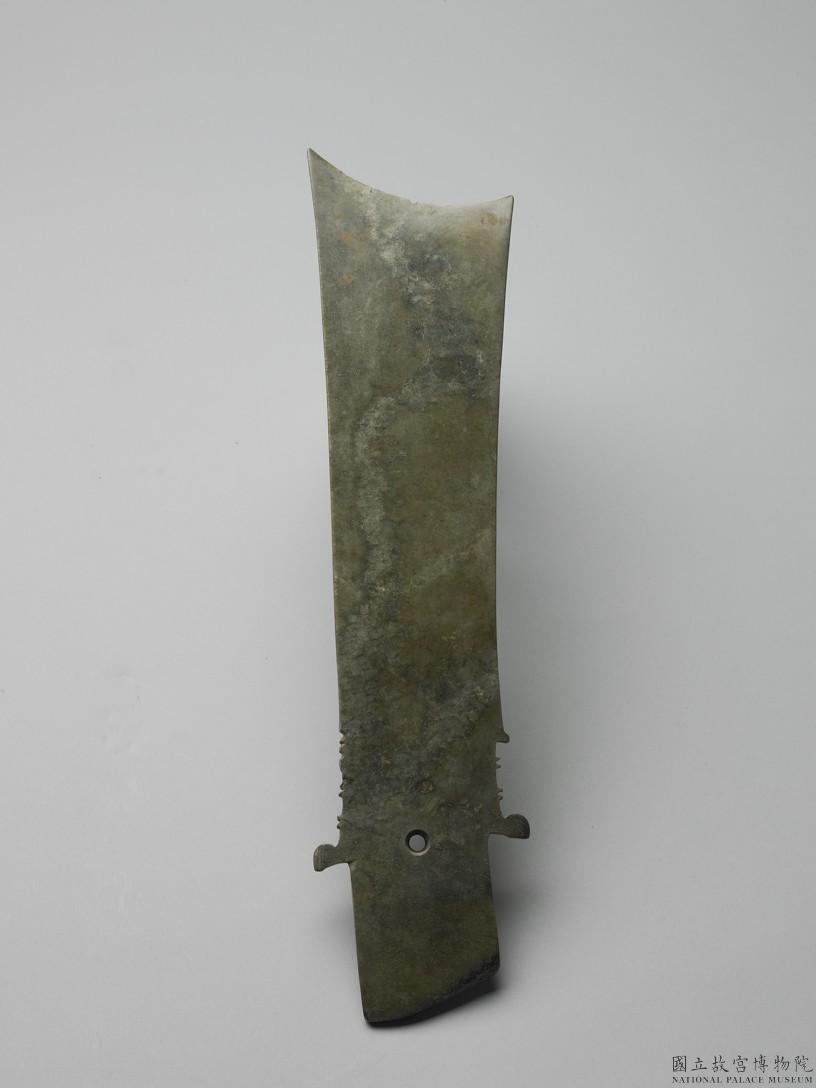
Die Yúngāng-Grotten (chinesisch 雲岡石窟 / 云冈石窟, Pinyin yúngāng shíkū – „Wolkengrat Felsenhöhlen“), früher Wuzhoushan Grotten, sind frühe buddhistische Höhlentempel in der chinesischen Provinz Shanxi. Die Grotten liegen in der Großgemeinde Yungang (云冈镇) des Stadtbezirks Nanjiao der Stadt Datong, ca. 16 km westlich des Stadtzentrums im Tal des Shi Li Flusses am Fuß des Wuzhou Shan. Die meisten wurden zwischen 460 und 525 n. Chr. während der Nördlichen Wei-Dynastie aus dem Sandstein herausgearbeitet. Die Gesamtanlage besteht aus 252 Grotten und Nischen. Sie gehört seit 2001 zum UNESCO-Welterbe.
云冈石窟位于中国山西省大同市西郊,主要建于北魏兴安二年(453年)到太和十九年(495年)间[1],是中国第一处由皇室显贵主持开凿的大型石窟。整个窟群分东、中、西三部分。东部的石窟多以佛塔为主,又称塔洞;中部“昙曜五窟”是云冈开凿最早,气魄最大的窟群;西部窟群时代略晚,大多是北魏迁都洛阳后的作品。石窟依山开凿,在武州河北岸东西绵延1公里,主要洞窟达51个(其中保存较好的约20个[1]),整个窟群共有大小佛蹲1100多个,大小佛像51000多尊,最大佛像高达17米,最小佛像仅有2厘米高。最大石窟是第6窟(北魏孝文帝时开凿),由地面到窟顶高达20米。
1961年云冈石窟被中华人民共和国国务院列为第一批全国重点文物保护单位。2001年云冈石窟被列为世界文化遗产。云冈石窟与甘肃敦煌莫高窟、河南洛阳龙门石窟等中国著名石窟列为世界文化遗产。
雲崗石窟(うんこうせっくつ)は、中華人民共和国山西省大同市の西方20kmに所在する、東西1kmにわたる約51窟の石窟寺院。「雲崗石窟」としてユネスコの世界遺産(文化遺産)に登録されている[1]。現地名は雲岡石窟(拼音: Yúngāng shíkū)と表記され、色々な専門書においてもその記述で統一されている上に、中国でのオフィシャルサイトの登録も全て「雲岡石窟」及び簡体字表記の「云冈石窟」で統一されている。
The Yungang Grottoes (Chinese: 云冈石窟; pinyin: Yúngāng shíkū), formerly the Wuzhoushan Grottoes (Wuzhou Shan 武州山 / 武周山), are ancient Chinese Buddhist temple grottoes near the city of Datong in the province of Shanxi. They are excellent examples of rock-cut architecture and one of the three most famous ancient Buddhist sculptural sites of China. The others are Longmen and Mogao.
The site is located about 16 km west of the city of Datong, in the valley of the Shi Li river at the base of the Wuzhou Shan mountains. They are an outstanding example of the Chinese stone carvings from the 5th and 6th centuries. There are 53 major caves, along with 51,000 niches housing the same number of Buddha statues. Additionally, there are around 1,100 minor caves. A Ming Dynasty-era fort is still located on top of the cliff housing the Yungang Grottoes.[1]
The grottoes were excavated in the south face of a sandstone cliff about 2600 feet long and 30 to 60 feet high. In 2001, the Yungang Grottoes were made a UNESCO World Heritage Site. The Yungang Grottoes are considered by UNESCO to be a "masterpiece of early Chinese Buddhist cave art... [and] ...represent the successful fusion of Buddhist religious symbolic art from south and central Asia with Chinese cultural traditions, starting in the 5th century CE under Imperial auspices."[2] It is classified as a AAAAA scenic area by the China National Tourism Administration.
Les grottes de Yungang (chinois : 云冈石窟 ; pinyin : yúngāng shíkū), à 16 km. de Datong dans la province de Shanxi, sont l'un des plus célèbres sites anciens de sculpture en Chine. On compte 53 cavernes1 pour environ 50 000 statues, aménagées entre les ve – vie siècle, sous la dynastie Tabghach des Wei du Nord. Les travaux commencent vers 460 après qu'un moine, Tan Yao, a suggéré à l'empereur Wencheng de cesser les persécutions que ses prédécesseurs lançaient périodiquement contre les communautés bouddhiques et se servir, au contraire, de ces communautés pour affermir son pouvoir. Les cinq cavernes réalisées sous la direction de Tan Yao sont considérées comme un chef-d'œuvre classique du premier apogée de l'art rupestre bouddhique en Chine.
Les deux autres très grands sites de cavernes anciennes en Chine sont les grottes de Longmen et de Mogao, mais il en existe de nombreux, moins grandioses.
Les cavernes de Yungang sont inscrites sur la liste du patrimoine mondial de l'UNESCO en 2001.
Le Grotte di Yungang (云冈石窟T, Yúngāng ShíkūP) sono un antico sistema di caverne che si trova nei pressi di Datong, nella provincia dello Shanxi, in Cina. Esse sono uno dei migliori esempi di architettura scavata nella roccia e dei tre più famosi sistemi di grotte della Cina, insieme alle grotte di Mogao e alle grotte di Longmen.
Le grotte vennero scavate principalmente durante la Dinastia Wei, fra il 460 e il 525, e costituiscono un notevole insieme di templi dedicati al Buddhismo. In tutto il complesso si contano 252 caverne e oltre 51.000 statue di Buddha, delle dimensioni più varie.
Nel 2001 le grotte di Yungang sono state inserite nell'elenco dei Patrimoni dell'umanità dell'UNESCO.
Las grutas de Yungang son un conjunto de 53 grutas y unas 1200 hornacinas budistas, con más de 51.000 estatuas de piedra que se esparcen por un área de un kilómetro cuadrado de extensión. Se sitúan en Yungang , a las afueras (alrededor de 20 km) de la ciudad de Datong, en la provincia de Shanxi, en el norte de República Popular China, era la capital de la dinastía Wei del norte.
La construcción de las grutas en las montañas próximas a la capital comenzó en el año 460, con la propuestas del maestro monje Tan Yao y la autorización del emperador de la dinastía Wei del norte. Los trabajos terminaron en el año 494, cuando la dinastía Wei del norte, decidió trasladar la capital a Luoyang.
Cada gruta tiene una estatua principal de Buda. La mayor tiene 16,8 metros de altura y la menor tiene 13,5 metros de altura, representando respectivamente a los 5 primeros emperadores de la dinastía Wei del norte.
Las grutas de Yungang constituyen el mayor grupo de grutas conservado en China, siendo por esta razón famoso tanto en China como en todo el mundo. En el año 2001, fueron declaradas como Patrimonio de la Humanidad por la Unesco. Abarcando un área protegida de 348,75 ha y un área de respeto de 846,809998 ha.
Пещерные гроты Юньга́н (кит. трад. 雲崗石窟, упр. 云冈石窟, пиньинь Yúngāng Shíkū, палл. Юньган Шику) — комплекс из 252 рукотворных пещер и ниш со статуями[1][2] (среди них 45 крупных пещер[2]), вырезанных в толще песчаника, расположенный на территории района Юньган городского округа Датун провинции Шаньси[3]. Ранние скульптуры демонстрируют явное индийское и центральноазиатское влияние, а сами гроты повлияли на буддийское пещерное искусство Китая и всей Восточной Азии[3]. Вместе с пещерами Могао в Ганьсу и комплексом Лунмэнь в Хэнани Юньган называют «Тремя великими пещерными комплексами Китая»[2]. Всего в гротах Юньган насчитывается до 51 000 статуй[2].


 History
History
 World Heritage
World Heritage
 Architecture
Architecture